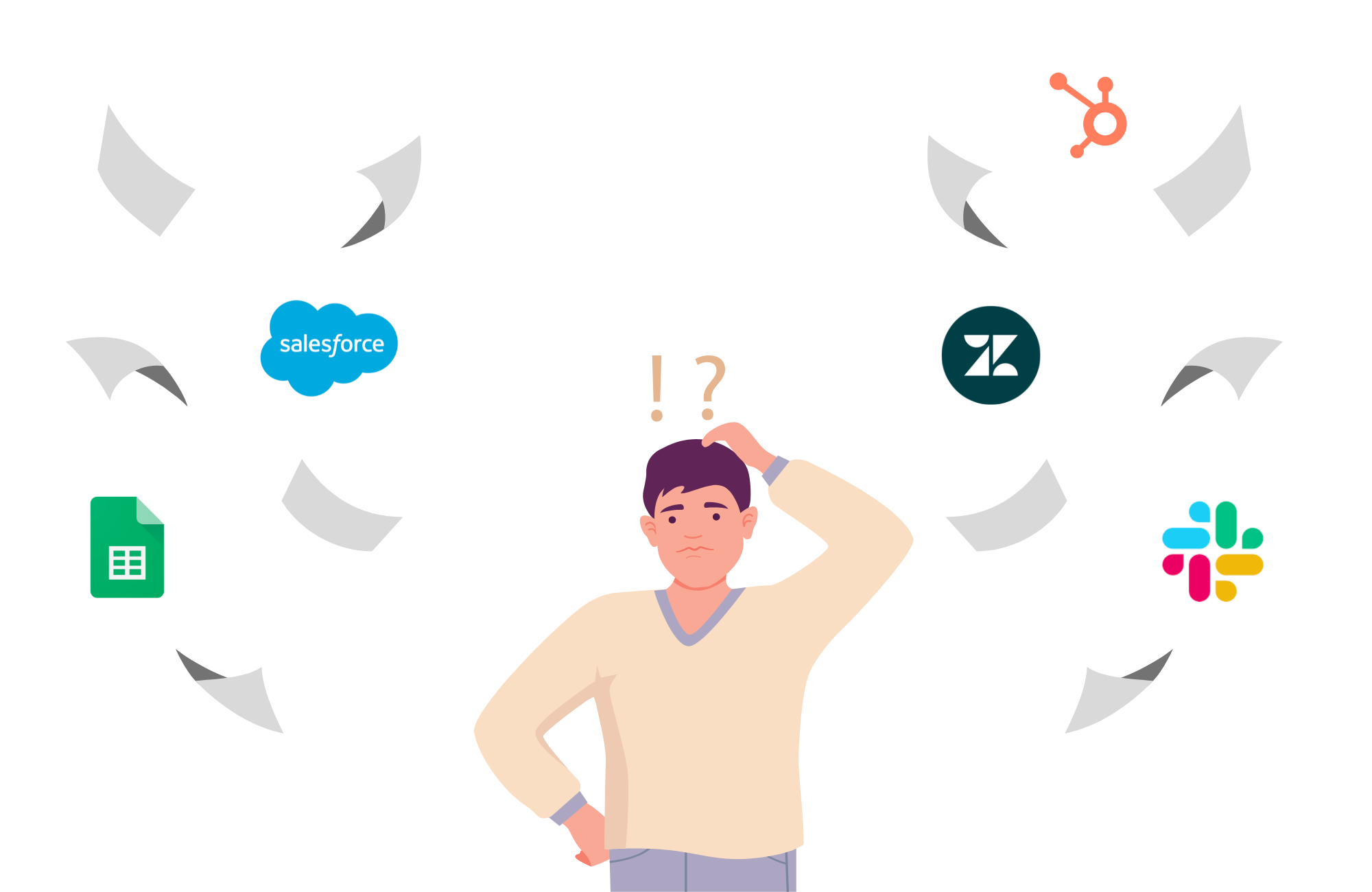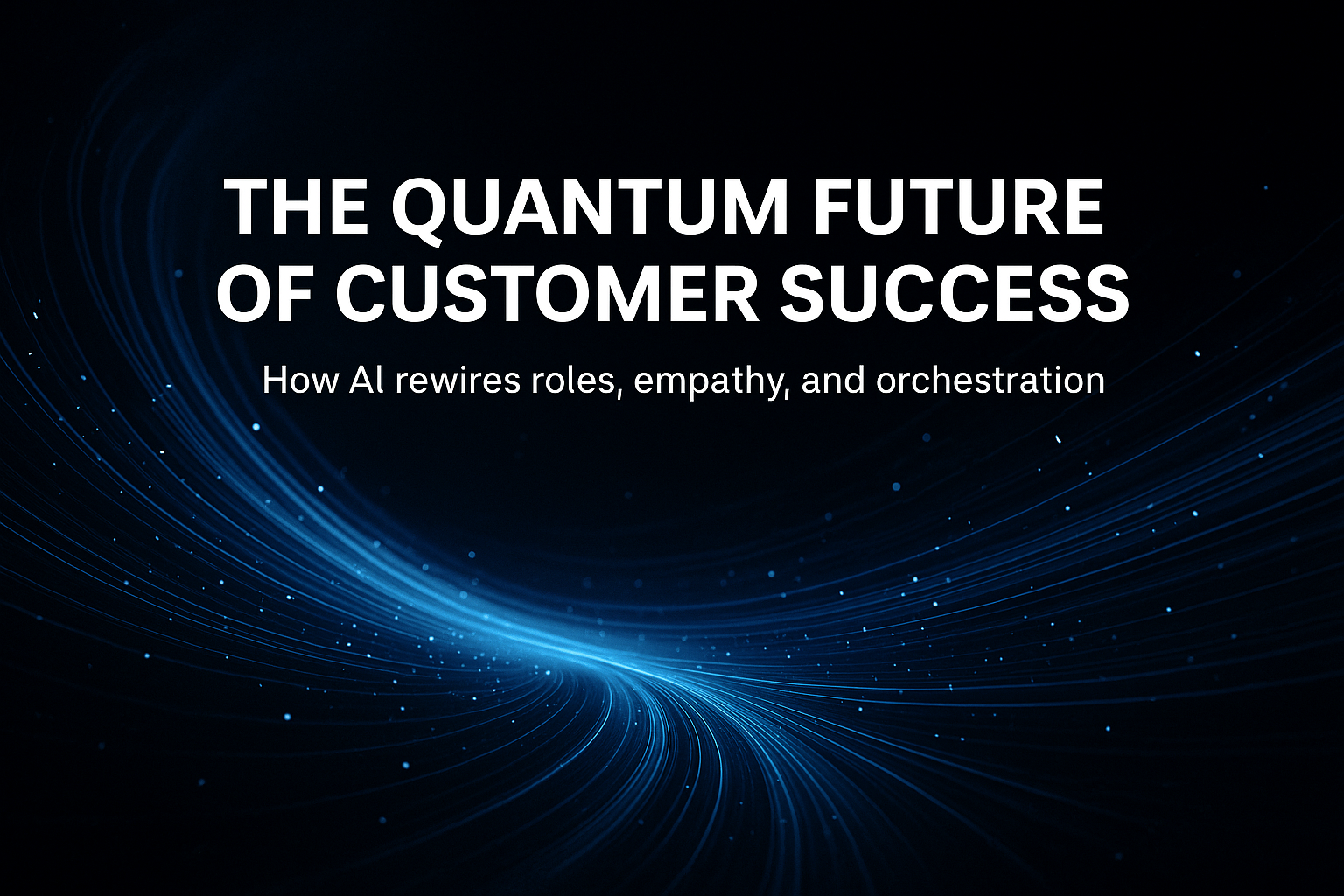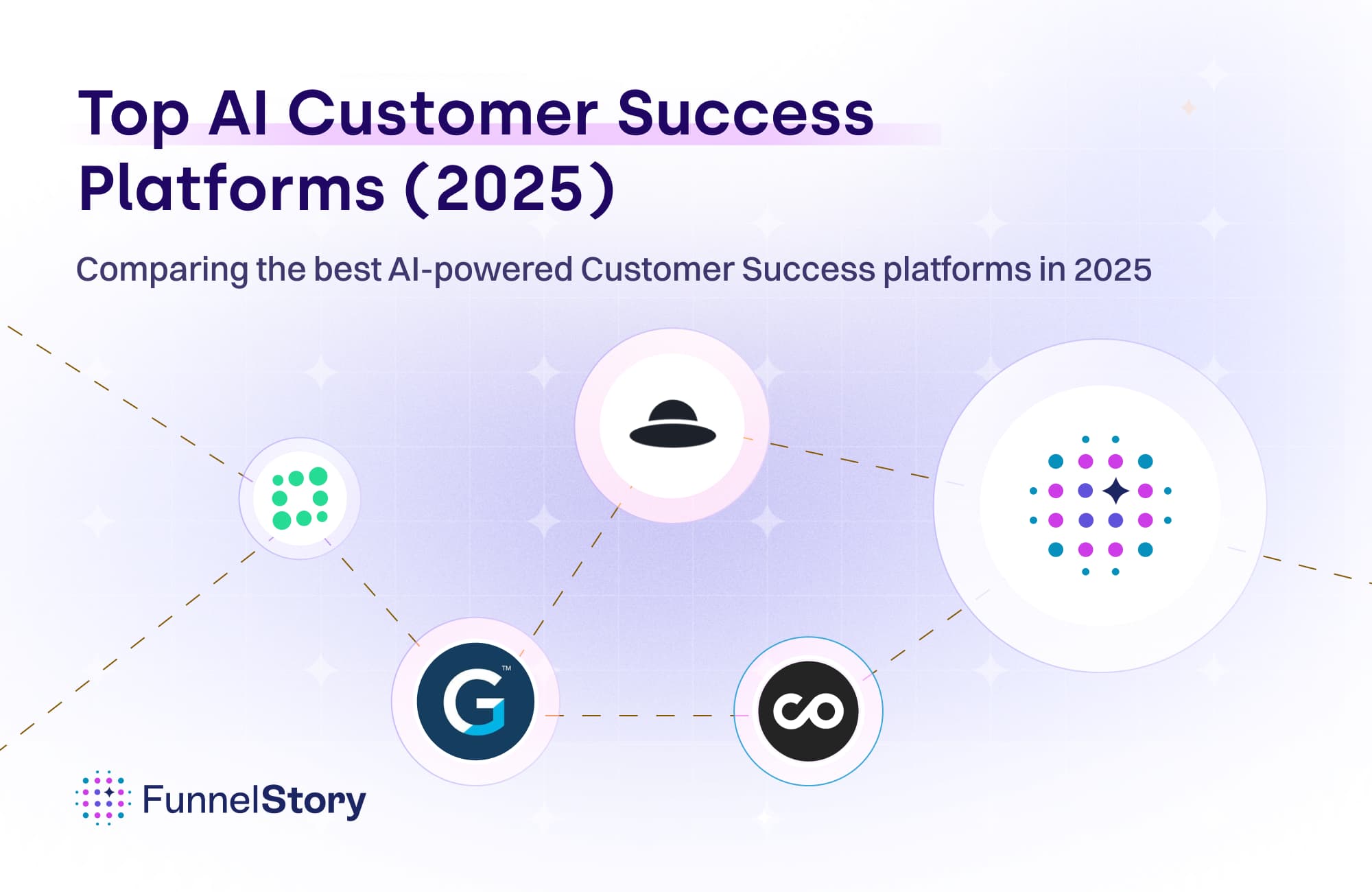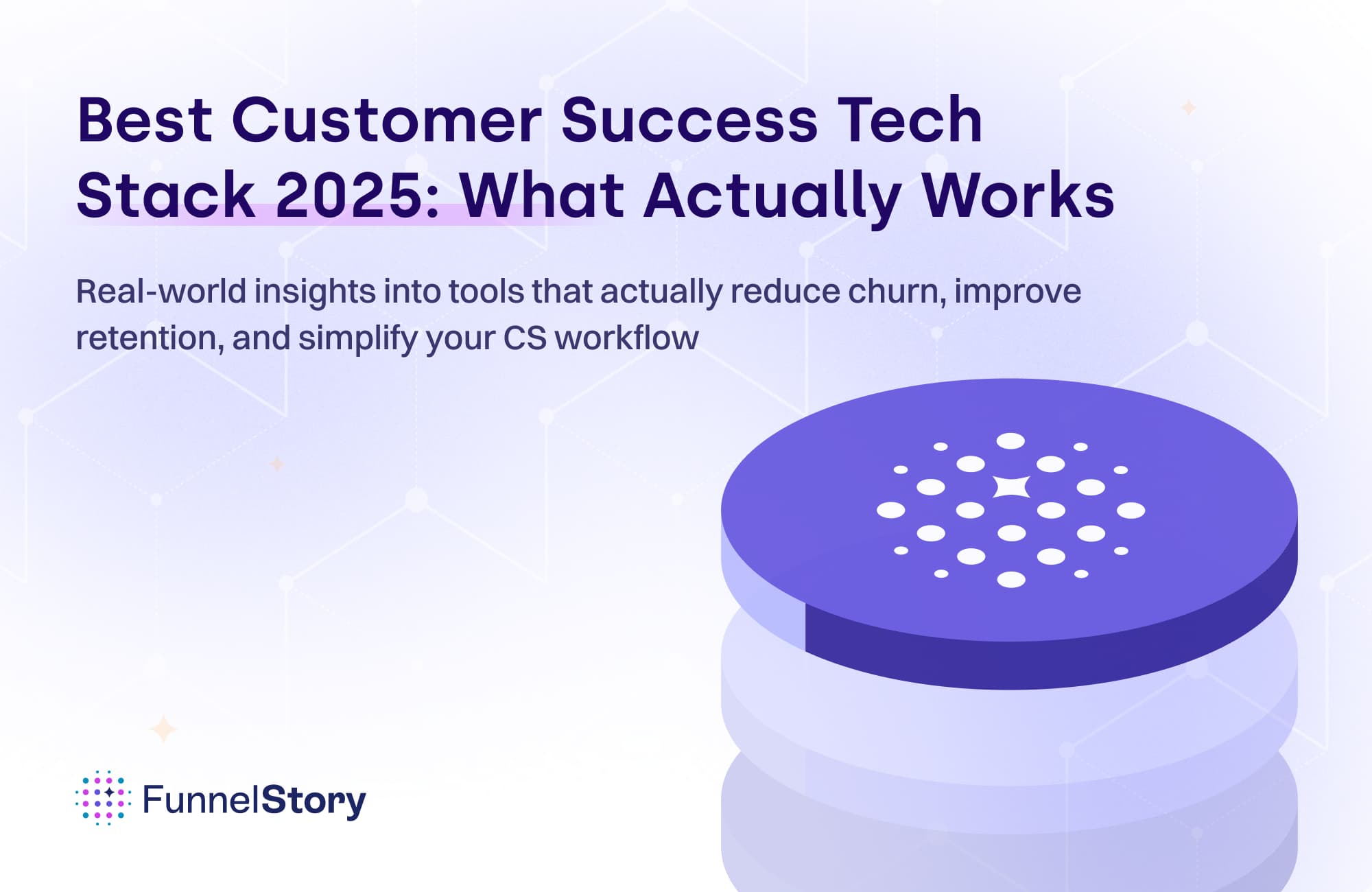In this article
The Problem With Product Trials (And How To Improve Yours)
Offering a product trial is only half the battle. The other half is leveraging all of the valuable product and conversational data to improve how you make decisions that impact revenue.

By Alok Shukla
Cofounder and CEO
Aug 01, 2023
6 min read
Try before you buy
Product trials are everywhere these days, especially in the consumer world. Right now, millions of people just clicked ‘signup’ to some free trial - all powered by in-expensive cloud-hosted applications directly accessible on your smartphone 24/7, 365.
What we experience in our personal lives is so effective that B2B businesses borrowed from the consumer playbook and now offer similar self-serve trial experiences. And we’re talking about big names here - one’s that even your grandma might know, such as Zoom or Slack.
This go-to-market strategy has been coined Product-Led Growth (PLG), and it has taken the B2B world by storm. It has also challenged the traditional model of growth, now referred to as Sales-Led Growth (SLG) where an actual sales team nurtures, develops, and closes new opportunities or renews existing ones.
Our goal isn’t to tell you what’s right for your business - that’s up to you. Instead, we will dive into the world of B2B SaaS product trials to talk about what’s holding companies back and more importantly share ideas on how to make your product trials work even harder for you, regardless of your go-to-market strategy.
PLG vs SLG refresher
In case you are new to this topic, let’s cover a few details before diving into the rest of the article (feel free to skip this section if you’re up to speed).
PLG is a strategy where your company growth relies solely on how your customers interact and experience your product. Typically, go-to-market team members are not engaging with customers in this model, and if they do it’s minimal by design. In product-led businesses ‘free trial’ or ‘get started’ are the common calls to action.
SLG on the other hand is the traditional selling experience where customers need to interact with your go-to-market teams to purchase or renew your product. Here human interaction is the center of the customer experience (vs. your product). In sales-led businesses ‘talk to sales’ or ‘request demo’ are the common calls to action.

The reason a business chooses one approach over the other usually comes down to a few factors such as the length of the sales cycle, the complexity of the product or implementation, customer expectations, customer size, and possibly your competitive strategy.
But all of this has led to a new trend, called Product-led sales. All this means is, regardless of your go-to-market strategy, you should let your product do some of the selling. Not only does this make for a more customer-centric experience but also an efficient sales process (if done right).
Should you offer a trial?
The short answer in most cases is, yes, offer a trial experience. Regardless of the go-to-market strategy you choose customers still want to try before they buy. In fact, 70% of B2B buyers said they won’t purchase a product without trialing it first. But trials aren’t just helpful for potential customers, they’re actually helpful for you as well. Let’s understand why.
First, by offering a product trial - what we call ‘listening to your product’ - you have a better chance of determining if a customer has discovered the value they were looking for in your product. This is possible because trials emit a ton of rich product data that can be analyzed and turned into buyer intent signals. These signals can help you prioritize accounts and improve your ability to forecast. Further, if fed back to your product team, trial insights can also influence your product roadmap - ensuring the team is focused on building value.
Second, your trial might hold the key to creating healthy long-term customers. Trials are the first time your customer interacts with your product and first impressions matter. Also, it might not seem like it, but your trial is really the first type of onboarding your customer experiences, and the difference between good and great can impact that important metric called retention.
Where others have gone wrong?
There are a few common mistakes that revenue leaders make when it comes to product trials. We believe the number one mistake is to not leverage all of the product and conversational data that is generated during a trial. These insights if aggregated, analyzed, and made readily available to yourself and your team, can make revenue more predictable.

The other big mistake is not engaging customers on their terms. This is true for both PLG and SLG strategies. But it might be especially problematic for businesses that leverage the SLG motions with deliberate human-oriented intervention. The reality is, as more business buyers push for a DIY buying process, human-led sales teams are getting fewer at-bats with their customers. Either way, your marketing or selling interventions should be guided by data, which really means guided by your product.
Finally, the handoff between pre-sale and post-sale teams continues to pose a challenge to most selling organizations. The reason is, most organizations treat the motion as a baton to pass between the two teams. The customer might have a successful trial, but for some reason, the post-sale team will still interact with the customer with a clean slate. This approach creates a disjointed customer experience, and your team fails to build on top of all the valuable insights collected during the pre-sale part of the customer journey.
How to get more from your trials
If the biggest problem is data access and visualization, then your first step is to find tooling that can aggregate product and conversational data and make it accessible to you and your go-to-market teams. We’ve seen some customers try to do this on their own - build a DIY solution - but this takes precious time, resources, and money (not to mention internal headaches). To optimize for time to value, you should consider investing in a funnel intelligence platform.
Once all of your product and conversational data is visible only then can you exercise the four rites of customer engagement: right customer, right time, right channel, right message. There’s a reason why Meta (formally Facebook) is a trillion-dollar company. They help businesses reach customers in an incredibly targeted way. Because of this, customers are now expecting more personalization in their buying experience and this is true for B2C and B2B buyers.
Finally, the pre-sale and post-sale lines are blurring and in our opinion, it’s for the best. By blurring the lines you can create a truly customer-centric experience. But this ins't a quick fix. You will need to revisit org structures, ownership, compensation, and possibly your selling tech stack. Not small stuff if you ask us. But those who don’t evolve and build a modern selling organization will, unfortunately, get left behind.
Remove the risk in your funnels
In our opinion, the greatest risk and opportunity in your selling motion right now is how customers try, discover, and find value in your product - no matter where they are in their journey. Many companies offer product trials but fail to realize that offering them is only half the battle. The other half is leveraging all of the valuable product and conversational data to improve how you make decisions that impact revenue.
At FunnelStory, our goal is to help our customers access the revenue intelligence that exists in their product funnels and transition to a more product-led selling experience.




